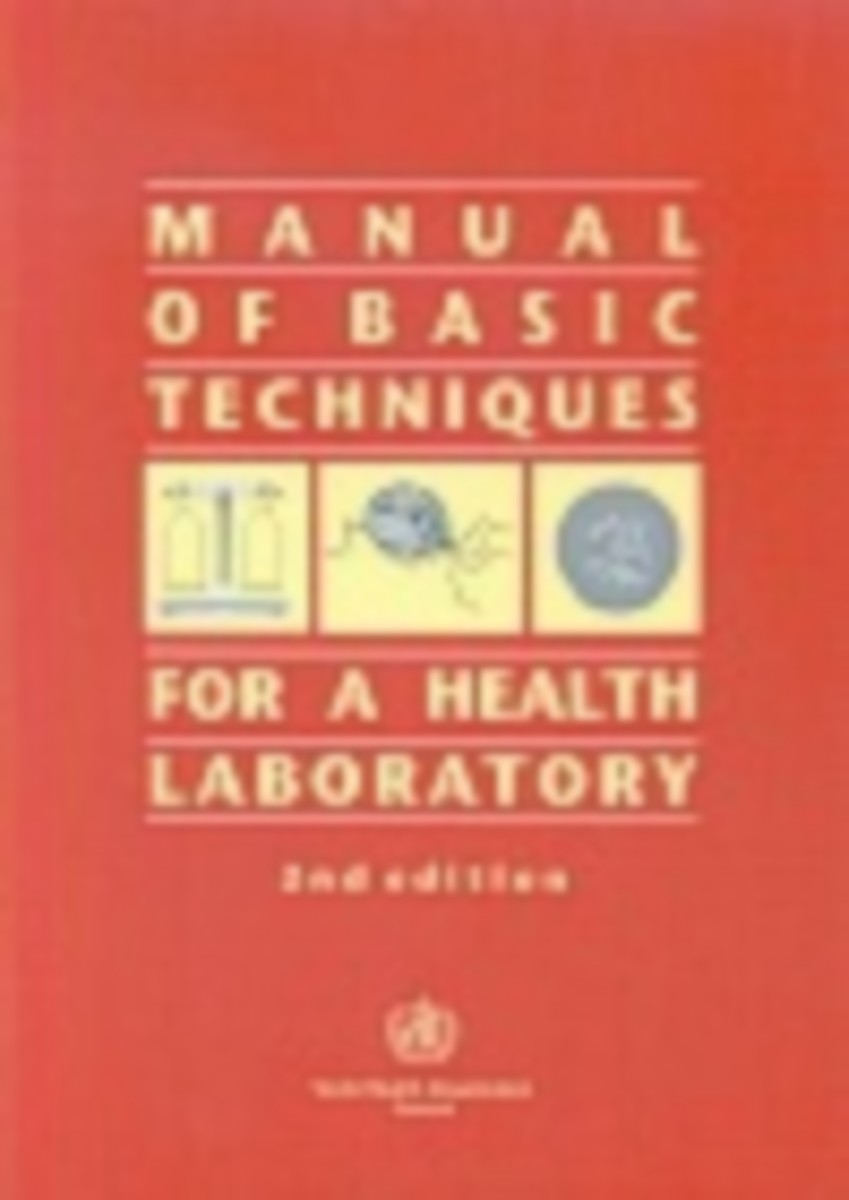Manual of Basic Techniques for a Health Laboratory Edition 2
- Publisher
World Health Organization - Published
30th January 2003 - ISBN 9789241545303
- Language English
- Pages 393 pp.
- Size 6.75" x 9.5"
This book is a new edition of a very popular laboratory manual published by WHO in the 1980s. The new edition is necessary because of new procedures and technologies developed since the previous edition that have proved useful to small laboratories in developing countries. These new procedures and technologies have been included in the relevant sections of the manual, and some obsolete procedures have been replaced by more up-to-date techniques.
The manual provides a practical guide to the safe and accurate performance of basic laboratory techniques. Intended for use by laboratory technicians working in peripheral-level laboratories in developing countries, the book emphasizes simple, economical procedures that can yield accurate results where resources, including equipment, are scarce and the climate is hot and humid.
The book is divided into three parts. The first describes the setting-up of a peripheral health laboratory and general laboratory procedures, including use of a microscope and laboratory balances, centrifugation, measurement and dispensing of liquids, and cleaning, disinfection and sterilization of laboratory equipment. Methods of disposal of laboratory waste, dispatch of specimens to reference laboratories and laboratory safety are also discussed. The second part describes techniques for examining different specimens for helminths, protozoa, bacteria and fungi. Techniques for the preparation, fixation and staining of smears are also discussed. The third and final part describes the examination of urine, cerebrospinal fluid and blood, including techniques based on immunological and serological principles. For each technique, a list of materials and reagents is given, followed by a detailed description of the method and the results of microscopic examination.
Numerous illustrations are used throughout the book to clarify the different steps involved. A summary of the reagents required for the various techniques and their preparation is provided in the annex.
World Health Organization
World Health Organization is a Specialized Agency of the United Nations, charged to act as the world's directing and coordinating authority on questions of human health. It is responsible for providing leadership on global health matters, shaping the health research agenda, setting norms and standards, articulating evidence-based policy options, providing technical support to countries, and monitoring and assessing health trends.


